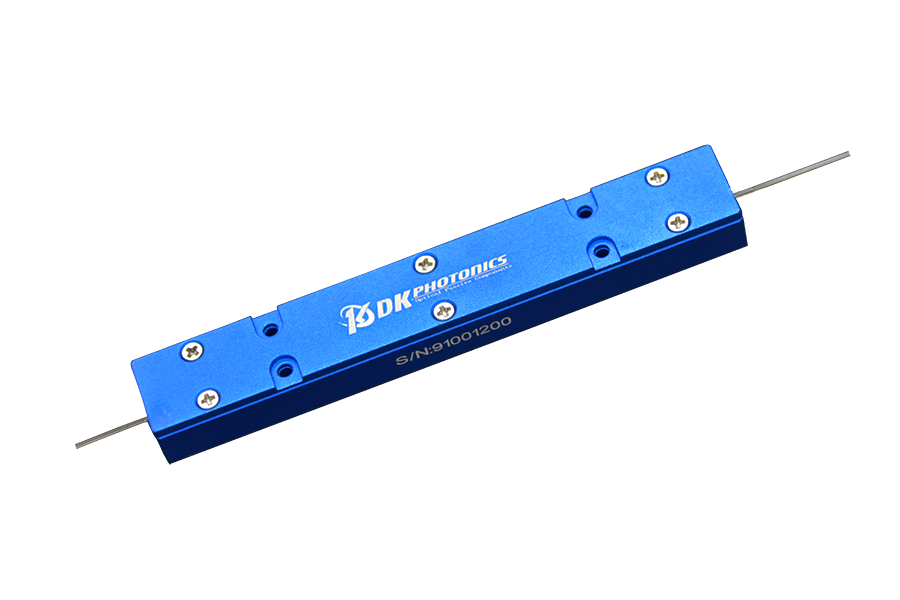The sectors that are dependent on high-power fiber lasers and amplifiers need to handle optical power efficiently. For this efficiency, they take the help of a Cladding Power Stripper (CPS). Some special techniques and tips can make its usage for different applications even more efficient.
Understanding Power Handling
Before we get into the details of the CPS, it’s important that we understand its power-handling abilities. The CPS makes sure that optical powers are properly handled and reduces the possibility of overheating or equipment damage. This device is specifically designed to manage high-power fiber lasers and amplifiers.
Optimizing Absorption and Heat Removal
Proper absorption and heat removal are highly important for maintaining the quality of CPS and its surrounding parts. When you make sure that optical powers are absorbed evenly and cooling mechanisms are used properly, the risk of damage due to excessive heat can be reduced.
Effective Stripping of Residual Pump and Signal
One of the main functions of the CPS is to remove any remaining signal and pump energy transmitted back into the cladding. When you know the effectiveness and capacity of the CPS, you can make sure that the unwanted energies are removed and downstream parts are safe.
Customization Options
Every industry has its own requirements, and the CPS offers customization options to meet these needs. Manufacturers can customize CPS model specifications. This customization includes different fiber types, wavelengths, and power handling capacities, and this ensures that optimal performance is possible no matter what the application.
Temperature Management
Maintaining the best operating temperatures is needed for reliable CPS performance. You need to maintain and regulate the temperatures within the recommended range so the risk of overheating and subsequent damage can be minimized. This process ensures consistent performance over time.
Package Selection and Dimension Flexibility
You must select the right package for the CPS to meet your application requirements. Things such as total strip power capacity and fiber cladding specifications should be kept in mind when choosing the appropriate package size. This way you can ensure compatibility and efficiency.
Some More Tips and Techniques
Here are some more tips and techniques to improve the performance and reliability of CPS:
- To reduce signal loss and maintain signal integrity, keep your insertion loss low.
- Choose the right type of fiber according to core size, numerical aperture, and polarization needs.
- When using polarization-maintaining fibers for applications, be aware of the polarization extinction ratio.
- Integrate laser and fiber amplifier systems smoothly into the CPS to improve performance.
- Explore diverse applications outside traditional fiber laser and amplifier systems.
- Ensure high reliability and stability by prioritizing reputable CPS manufacturers.
- Continuously monitor and maintain to detect anomalies or issues early on.
- Seek customization for unique needs not met by standard CPS models.
You can improve effectiveness, dependability, and safety and get the best performance for fiber laser and amplifier applications by using these methods and tips in your CPS usage strategies.


Leave A Comment